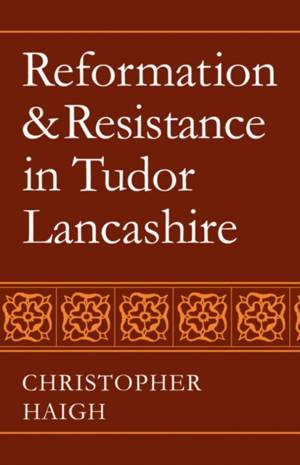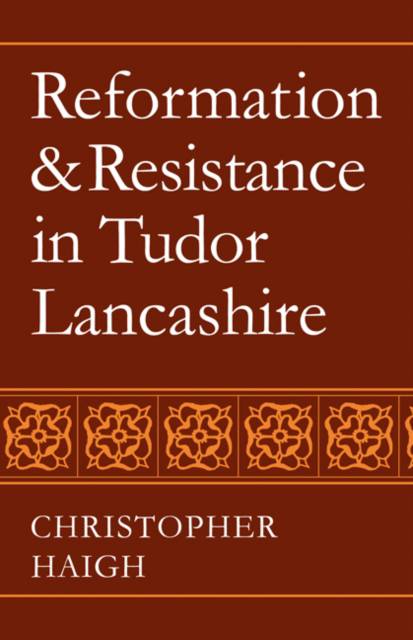
- Afhalen na 1 uur in een winkel met voorraad
- Gratis thuislevering in België vanaf € 30
- Ruim aanbod met 7 miljoen producten
- Afhalen na 1 uur in een winkel met voorraad
- Gratis thuislevering in België vanaf € 30
- Ruim aanbod met 7 miljoen producten
Zoeken
Reformation and Resistance in Tudor Lancashire
Christopher Haigh, Haigh Christopher
Paperback | Engels
€ 70,95
+ 141 punten
Omschrijving
Historians have long known that Lancashire remained more solidly Catholic after the Reformation than any other part of England, but the peculiarity of the area has never been explained. This book argues that for geographical, social and economic, as well as religious reasons, orthodox Catholicism in the county was at its high-point immediately before the Reformation, so that the history of religious change in Lancashire in the sixteenth century is not the conventional one of Protestant triumph and Catholic failure. The Henrician Reformation was met by resistance and rebellion, while the Edwardian reforms were inadequately enforced and made little impact, though a handful of radical preachers made a few gains in one corner of the county. The Marian regime was able to revitalize the old religion, and the Elizabethan Settlement encountered widespread opposition. Catholic practices could not be excluded from the established Church, and Catholic recusancy developed earlier and on a wider scale than in any other area of England.
Specificaties
Betrokkenen
- Auteur(s):
- Uitgeverij:
Inhoud
- Aantal bladzijden:
- 396
- Taal:
- Engels
Eigenschappen
- Productcode (EAN):
- 9780521083935
- Verschijningsdatum:
- 14/10/2008
- Uitvoering:
- Paperback
- Formaat:
- Trade paperback (VS)
- Afmetingen:
- 140 mm x 216 mm
- Gewicht:
- 498 g

Alleen bij Standaard Boekhandel
+ 141 punten op je klantenkaart van Standaard Boekhandel
Beoordelingen
We publiceren alleen reviews die voldoen aan de voorwaarden voor reviews. Bekijk onze voorwaarden voor reviews.











